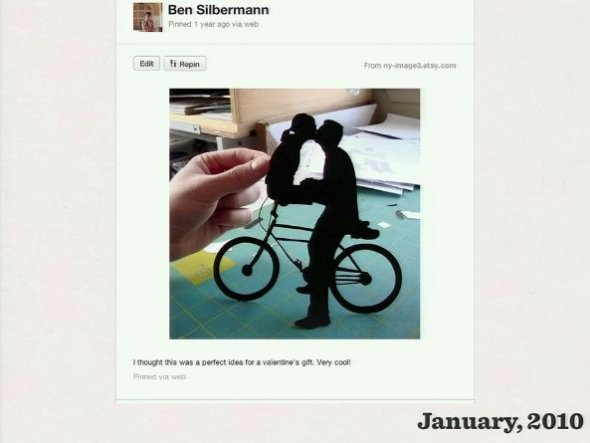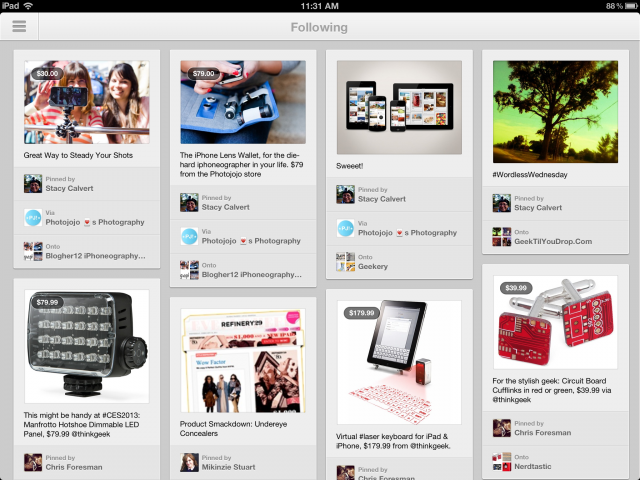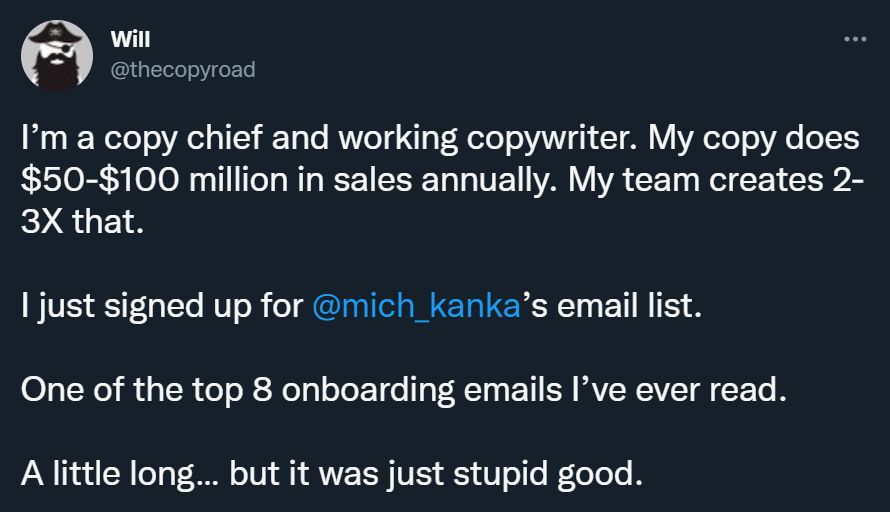How Pinterest got its first users?

It all began as Tote, an app for evaluating online retail discounts. Despite the financing, the software was a failure. One thing stood out, though. The "Favorite" feature was appreciated by the users as it let them save their favorite photos. Later on, as the goods got cheaper, the app push-notified the user.
This fact didn't go unnoticed by the creators, so they decided to create a new app to allow users to keep their favorite pics and save them to their accounts. The app also had categories. The users liked looking for stuff by tags, such as "shirts," "pants," etc.

One of the Pinterest user acquisition boosters was focusing on people's hobbies rather than their statuses. It made Pinterest different from other social apps that focused on people's statuses. As for the Pinterest marketing strategies, Ben Silberman, the app's creator, marketed it personally. He would hit coffee shops and alike to talk people into trying out his new software. He observed then what they loved and hated about it. It was a brilliant Pinterest user acquisition strategy since the app had its first 3,000 users within 3 months.
Get your
"oh sh*t, this might work for us!"
moment in the next 5 minutes
Viral marketing case studies and marketing psychology principles that made hundreds of millions in months or weeks
In the first email:
- a step-by-step strategy that made $0-$30M within 9 weeks with $0 marketing budget (case study)
- cheatsheet (PDF) of 10 biases in marketing used by top 2% companies
Other than that:
- weekly original content that helps you STAND OUT by providing more perceived value with less work

(You won't find it anywhere else)

Explore Cognitive Biases in Marketing